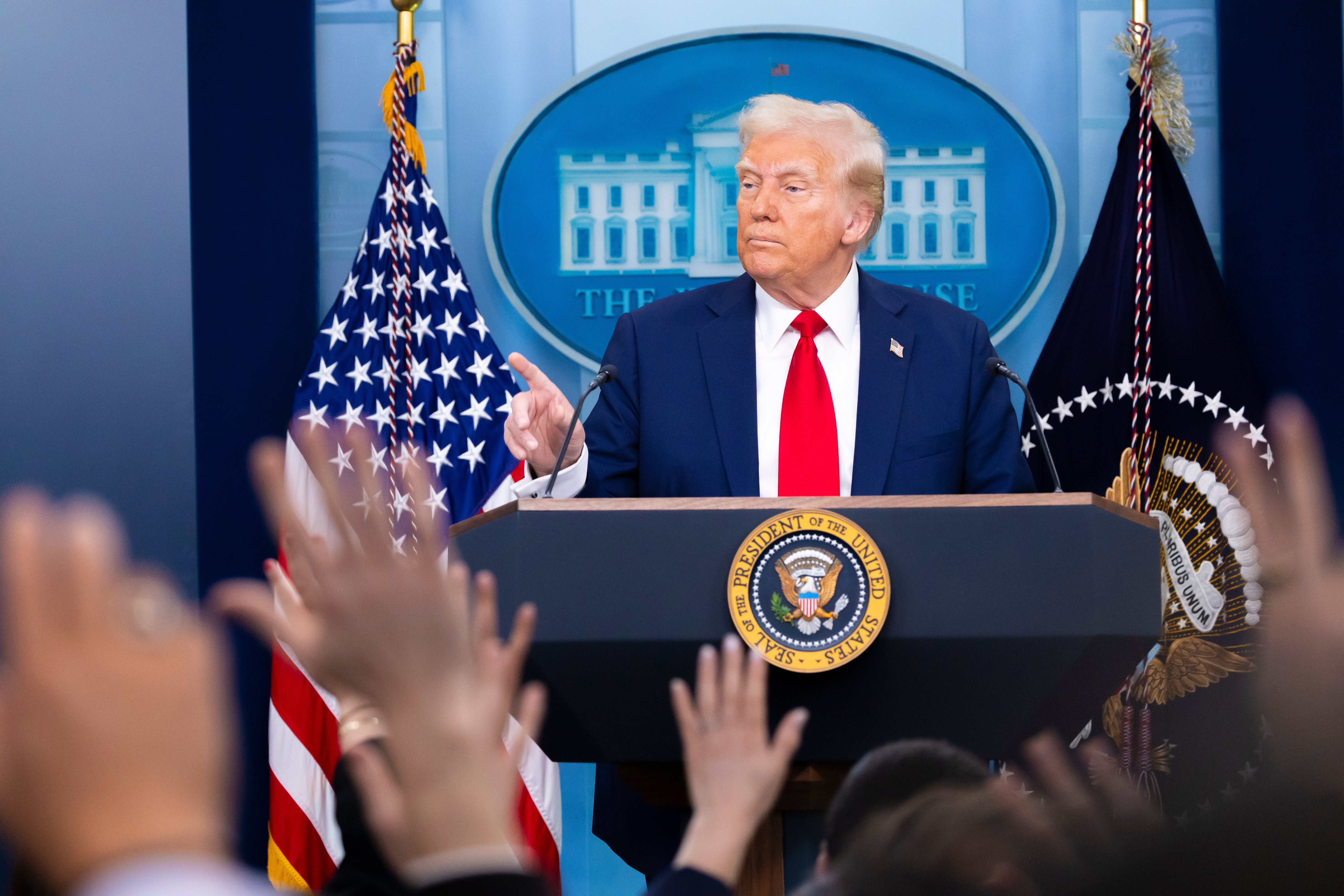With a popular vote win in the first three states, including a commanding victory in Nevada, Bernie Sanders looks to be a strong front runner heading into Super Tuesday. His prodigious fundraising ability has allowed him to run television ads weeks before the primaries, while his opponents have struggled to remain on air in the first four states. Even as his national polling has skyrocketed, he has run a disciplined ad campaign focused on shoring up perceived weaknesses from 2016 and building an insurmountable delegate advantage on Super Tuesday. A sophisticated digital fundraising operation has bankrolled this massive operation.
Digital Advertising Data
Sanders has spent $14.2M, the second most of any democratic candidate (of the non-billionaire variety) on Facebook and Google, trailing only Pete Buttigieg’s $14.7M by a few hundred thousand. This is $2M more than the next highest candidate, Elizabeth Warren at $12M. However, Sanders’ digital spending is trending upwards very quickly. Through the end of 2019, Buttigieg had outspent him on digital by $2.5M. But only two months into 2020, Sanders has turned this deficit around, outspending Buttigieg on digital $5.1M to $3.2M. 79% of this money has gone into “Direct Response” digital advertising, ads designed to build email lists and fundraise; this is a full 10% more than Buttigieg has spent on direct response. This dedication to digital fundraising has manifested in a cash on hand advantage unmatched by the rest of the field. Sanders’ digital fundraising is so ubiquitous that it has become a meme. Below is an example that is typical of his digital ad strategy.

For the first time, California’s primary is taking place on Super Tuesday. putting 415 delegates up for grabs. 228 delegates are also on the table in Texas. Sanders lost both states to Clinton in 2016 (though California fell well after Super Tuesday), and clearly does not intend to lose them again. He has already invested $12.3M into Super Tuesday states, nearly 75% of which has gone to California and Texas. He went up on air in both states the week of January 28th, and nearly a month later no other (non-billionaire) candidate has run an ad in either state. 34% of total delegates for the primary are available on Super Tuesday, and approximately 47% of these come from just California and Texas. Strong performances in these states would open a delegate lead that might be impossible for other candidates to overcome.

One of the attacks levied against Sanders in 2016 was his lack of support among minority voters. He has worked to alleviate these concerns in 2020. California and Texas are both home to large numbers of Spanish-speakers, and he has run a concentrated ad campaign targeting these voters. Overall, 30% of his spending in California, and 19% in Texas, has gone to Spanish-language broadcast. Sanders has run two pieces of creative targeting Spanish speaking voters, “Es Nuestra Historia” and “Nuestra Lucha.” The second of these ads closes with a shot of him and Alexandria Ocasio-Cortez together at a rally. AOC also features prominently in much of his digital advertising as well.
Sanders has not made huge investments in South Carolina, only about $713k. However, he has closed the polling gap on Joe Biden considerably. Long considered a “firewall” for Biden, a victory for Sanders (who trails by only 3 points in the RCP average) could bring the nomination process to an early close. Sanders’ most aired ad in the state “Nothing More Important” explicitly makes the case that he is the best candidate to beat Trump by highlighting a black voter who switched from supporting Biden to supporting Sanders.
While Sanders’ rise to the top of the polls has surprised many, it has been driven by a clear message and a media strategy built around a powerful fundraising operation. Strong investments in digital fundraising have allowed him to tap into his large and passionate base. The funds raised have then allowed an investment in the expensive Super Tuesday states that hasn’t been matched by non-self-funding candidates. The ads in these states have also helped to shore up relationships with constituencies that were weaknesses in 2016 but may become strengths in 2020.









